Coniferous Forests
A coniferous forest, also known as a taiga or boreal forest, is a biome characterized by a predominance of coniferous trees. These forests are found in the northern hemisphere, spanning North America, Europe, and Asia. They are the largest terrestrial biome on Earth.
Climate
Coniferous forests have a cold and harsh climate, with long, cold winters and short, cool summers. The average annual temperature is relatively low, and the precipitation is moderate. The soil in coniferous forests is acidic and nutrient-poor, which is a significant factor in the types of plants that can thrive in this biome.
Flora and Fauna
The dominant plant species in coniferous forests are coniferous trees such as pine, spruce, fir, and hemlock. These trees have adapted to the harsh climate by having needle-like leaves that reduce water loss and waxy coatings that protect them from freezing temperatures. Other plant species found in coniferous forests include mosses, lichens, and small shrubs.
The animal species in coniferous forests have also adapted to the cold climate. Some common animal species found in this biome include bears, moose, deer, wolves, lynx, and a variety of bird species. Many of these animals have thick fur or feathers to insulate them from the cold, and some hibernate during the winter months.
Human Impact
Human activities such as logging, mining, and urbanization have had a significant impact on coniferous forests. Deforestation and habitat destruction have resulted in the loss of biodiversity and disruption of ecological processes in these ecosystems. Conservation efforts and sustainable management practices are crucial for the preservation of coniferous forests and the species that depend on them.
Study Guide
- What are the characteristics of the climate in coniferous forests?
- Describe the adaptations of coniferous trees to the cold climate.
- Identify three animal species commonly found in coniferous forests and explain how they have adapted to the environment.
- Discuss the impact of human activities on coniferous forests and the importance of conservation efforts.
Understanding the unique characteristics of coniferous forests and the interactions between the biotic and abiotic components of this biome is essential for appreciating its ecological significance and the importance of preserving these forests for future generations.
.◂Science Worksheets and Study Guides Sixth Grade. Birds and Mammals
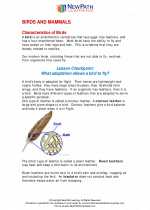
 Activity Lesson
Activity Lesson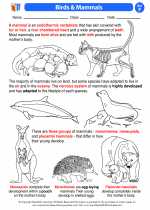
 Worksheet/Answer key
Worksheet/Answer key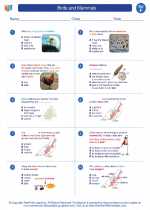
 Worksheet/Answer key
Worksheet/Answer key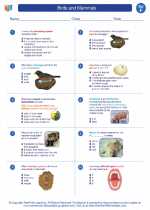
 Worksheet/Answer key
Worksheet/Answer key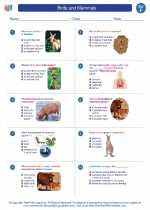
 Worksheet/Answer key
Worksheet/Answer key
 Vocabulary/Answer key
Vocabulary/Answer key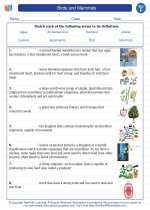
 Vocabulary/Answer key
Vocabulary/Answer key
 Vocabulary/Answer key
Vocabulary/Answer key
 Vocabulary/Answer key
Vocabulary/Answer key
 Vocabulary/Answer key
Vocabulary/Answer key
